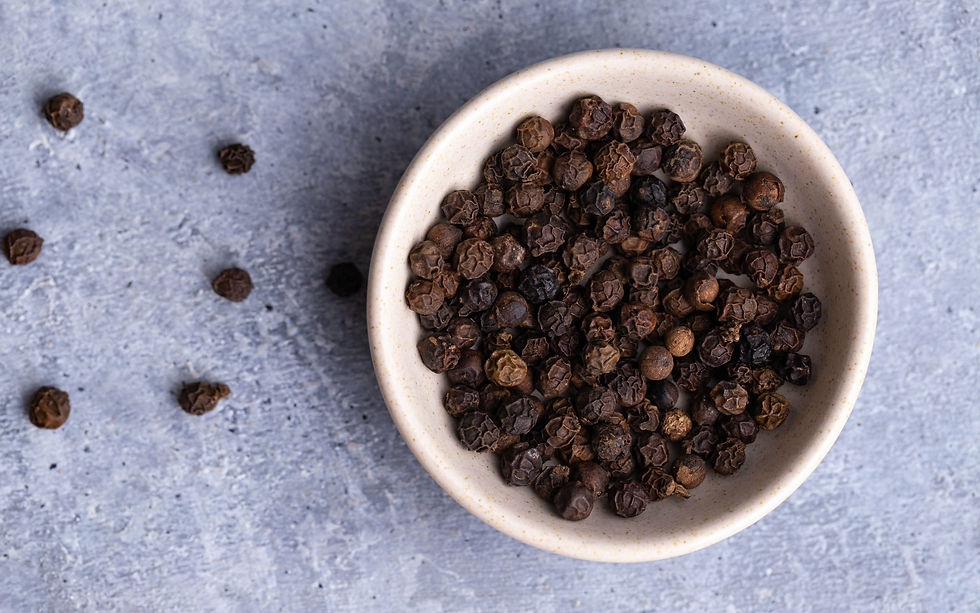An Untold Story of Bread
- Manish -
- Aug 4, 2024
- 3 min read

Origin of Modern Day Bread:
Modern day bread, as we know it, was not baked in India. However, India has a long history of bread-making dating back to the Indus Valley Civilization (around 2500 BCE). Ancient Indians baked flatbreads like roti, chapati, and naan, which are still staples in Indian cuisine.
The modern bread we know today, with yeast fermentation and a lighter texture, originated in ancient Egypt around 3000 BCE. The Egyptians kept on refining the process of bread making, and their techniques spread to the Mediterranean region.
In India, the introduction of yeast-based bread is often attributed to the:
Mughal Empire (1526-1756 CE): Central Asian and Persian influences brought naan and other leavened breads.
British colonial era (1858-1947 CE): European-style bread became popular, especially in urban areas.
The Portuguese (1505 -1961 CE) who introduced bread in Goa, which still has a close resemblence to portuguese originals.
So, while India has a rich bread-making history, modern day bread available today is a result of cultural exchange and evolution over time.
The chemistry behind bread making:
The chemistry behind bread making involves several complex processes that transform simple ingredients like flour, water, yeast, salt, and sugar into a delicious, aerated loaf.
1. Heat and water break down starches in flour, creating a gel-like substance.
2. Yeast consumes sugars, producing carbon dioxide gas, which gets trapped in the dough, causing it to rise.
3. Proteins in flour (gliadin and glutenin) bond, creating a web-like structure that gives bread its chewy texture.
4. Enzymes like amylase, protease, and lipase break down starches, proteins, and fats, contributing to flavor and texture.
5. Heat triggers a reaction between amino acids and reducing sugars, producing new flavor compounds and browning the crust.
6. Lipids and water mix, creating a stable dough.
7. Yeast fermentation and dough mixing incorporate oxygen, strengthening the gluten network.
These chemical reactions occur simultaneously, influenced by factors like temperature, pH, and ingredient ratios. Mastering bread making requires understanding and balancing these chemical processes to produce a perfect loaf.
Which is the most healthiest option in available breads today ?
The healthier bread option is whole wheat (atta) bread. Here's why:
1. Whole wheat (atta) bread contains more fiber compared to multigrain, milk bread, or rye bread.
2. Whole wheat bread retains more nutrients like vitamins, minerals, and antioxidants since it's made from the entire wheat grain.
3. Whole wheat bread has a lower glycemic index, meaning it digests slowly and won't cause a sudden spike in blood sugar levels.
- Multigrain bread: May contain a mix of different flours, but often lacks fiber and nutrients.
- Milk bread: Typically made with refined flour, added sugars, and lower in fiber and nutrients.
- Rye bread: Can be a good option, but may contain less fiber and nutrients compared to whole wheat.
Remember, even whole wheat bread can vary in nutritional quality depending on the ingredients and processing methods used. Opt for a minimally processed, 100% whole wheat bread for the most health benefits. The white industrial bread that we are familiar today are over processed and
use chemicals to speed up fermentation process it does not give any healthy options in true sense.
Hope this blog gave some insights on modern day breads. Let me know what else would you want to know about breads and their varieties including artisanal breads.
Enjoy the monsoon and eat healthy !





Comments